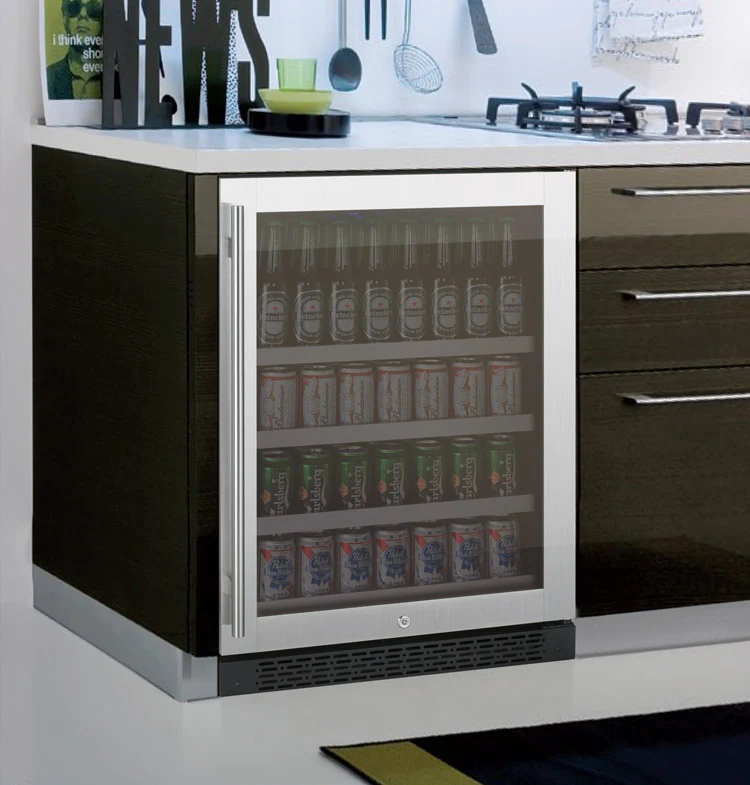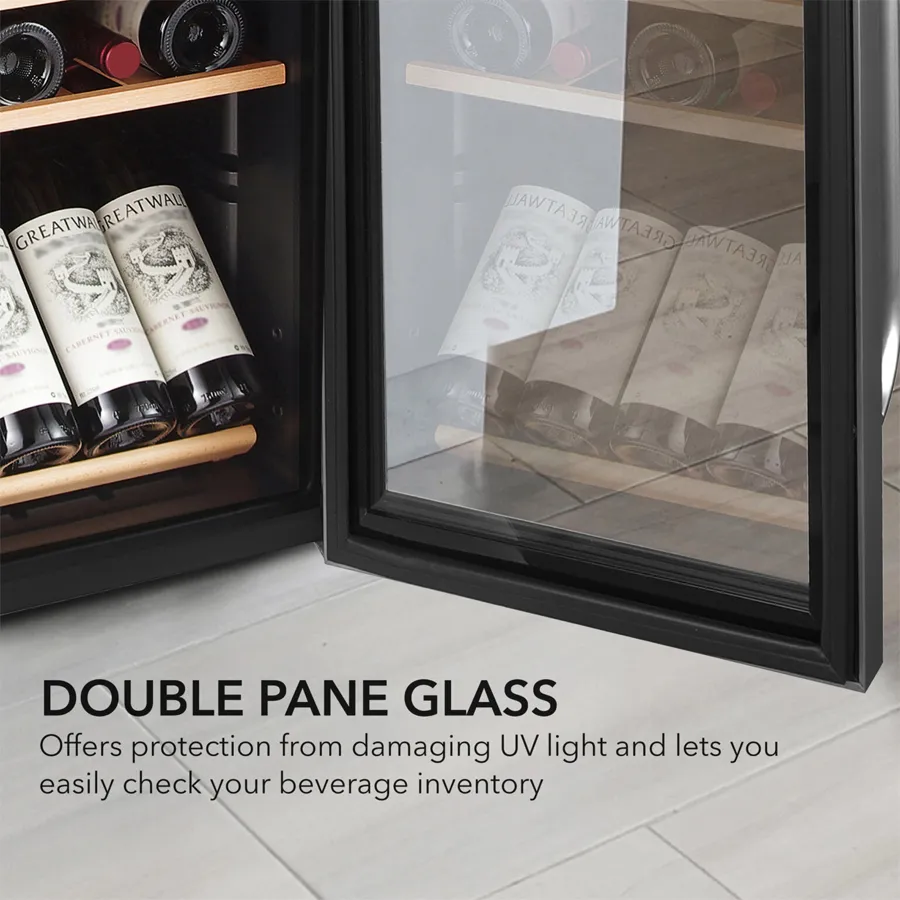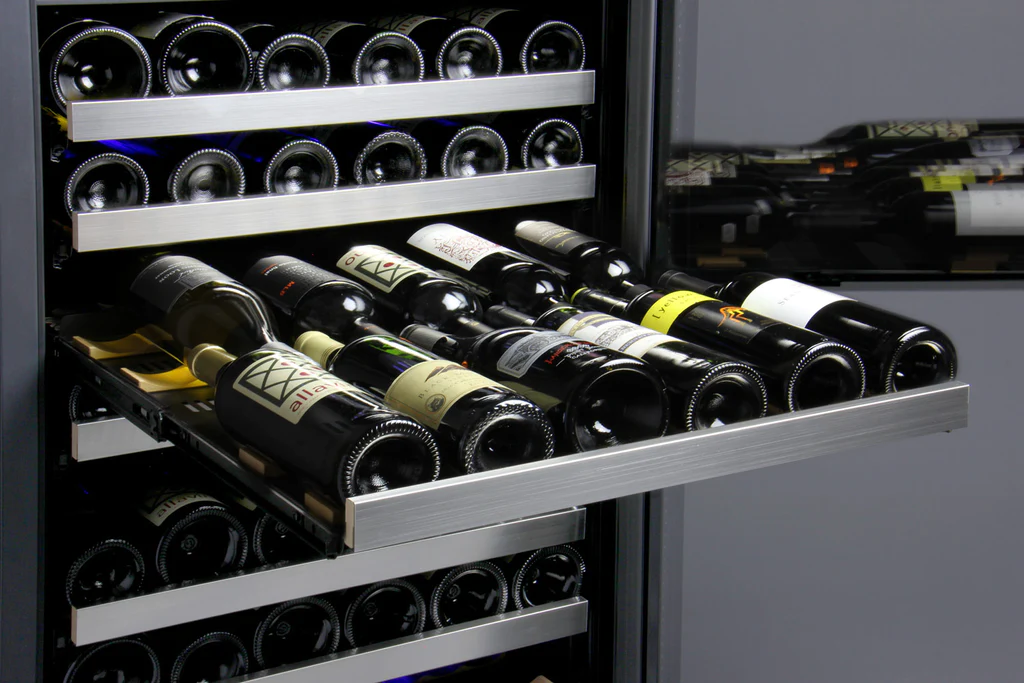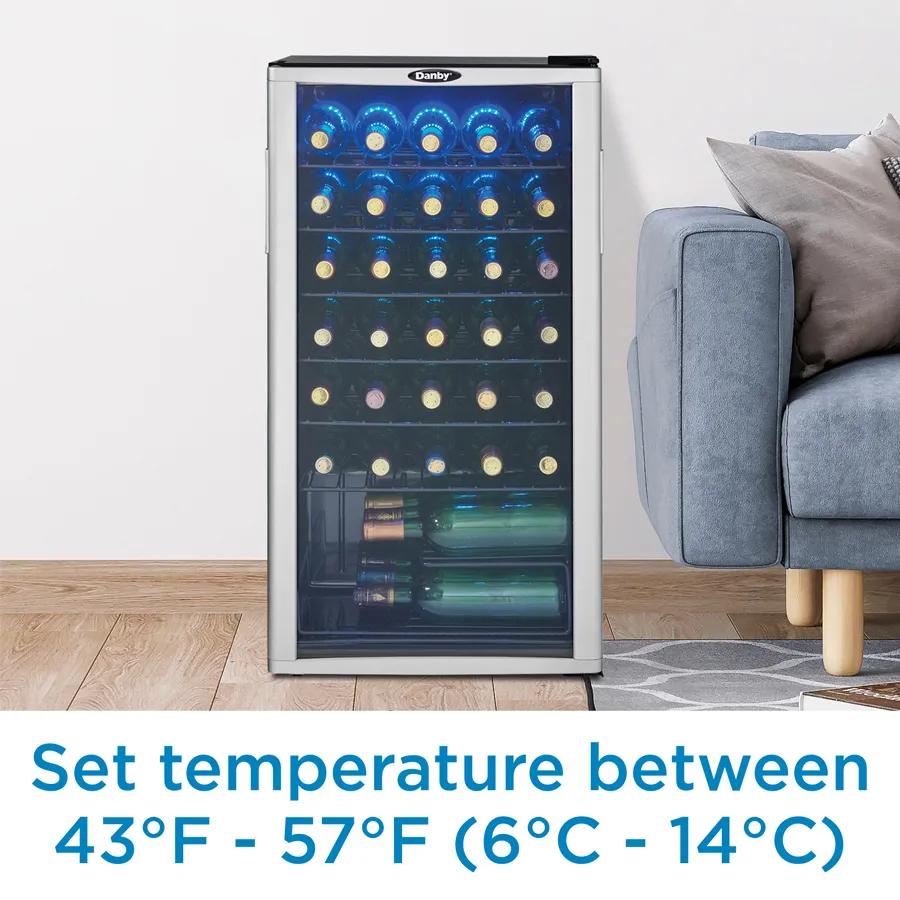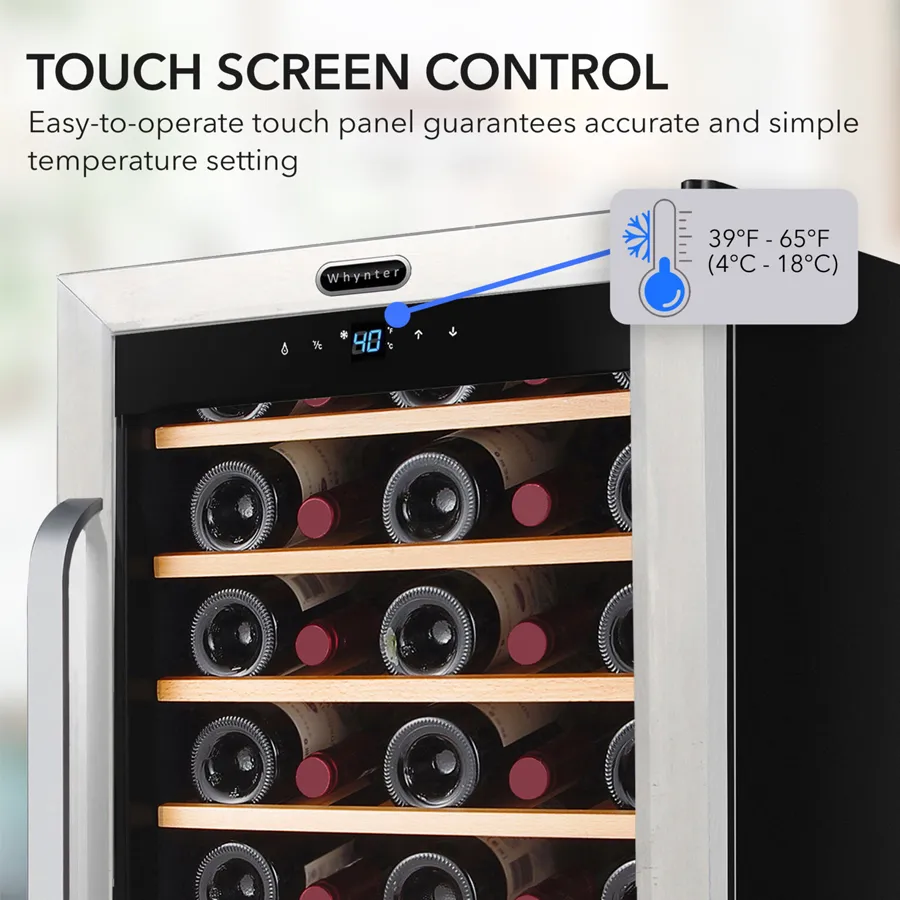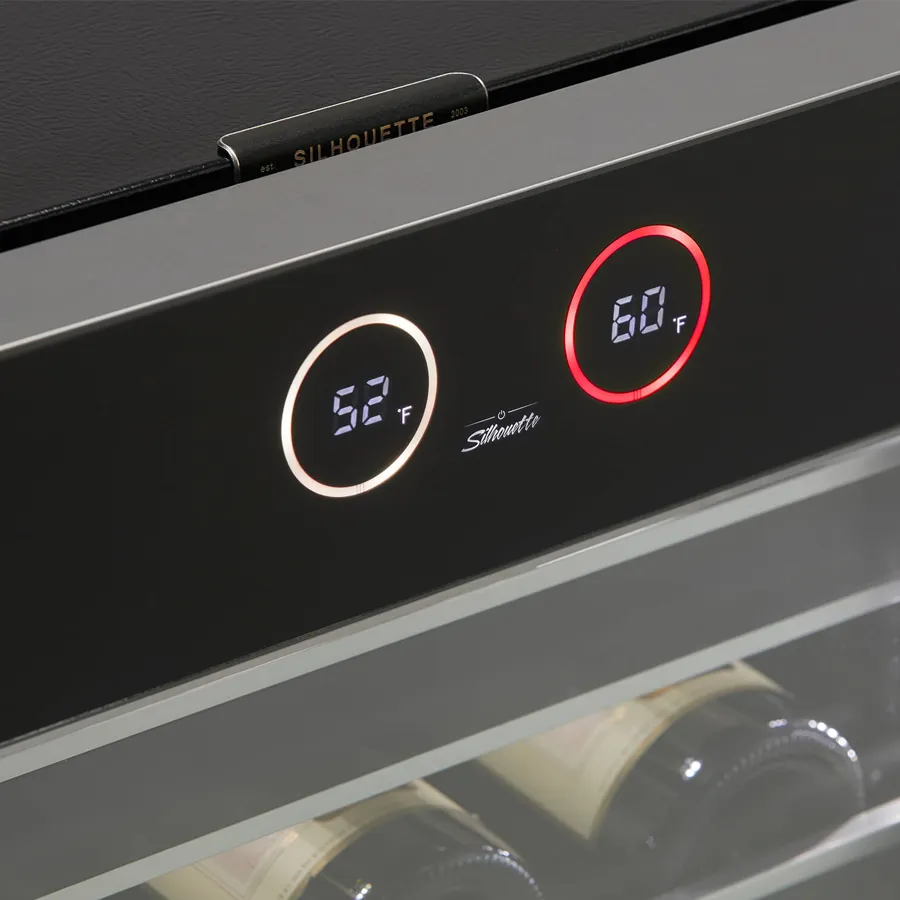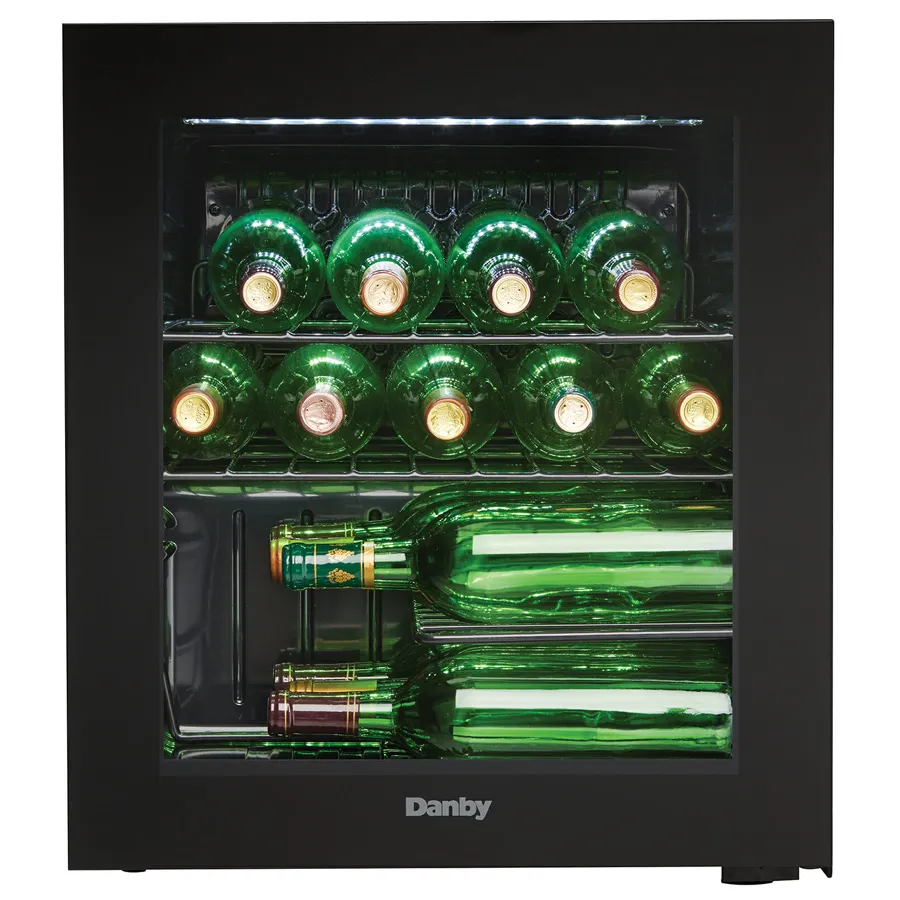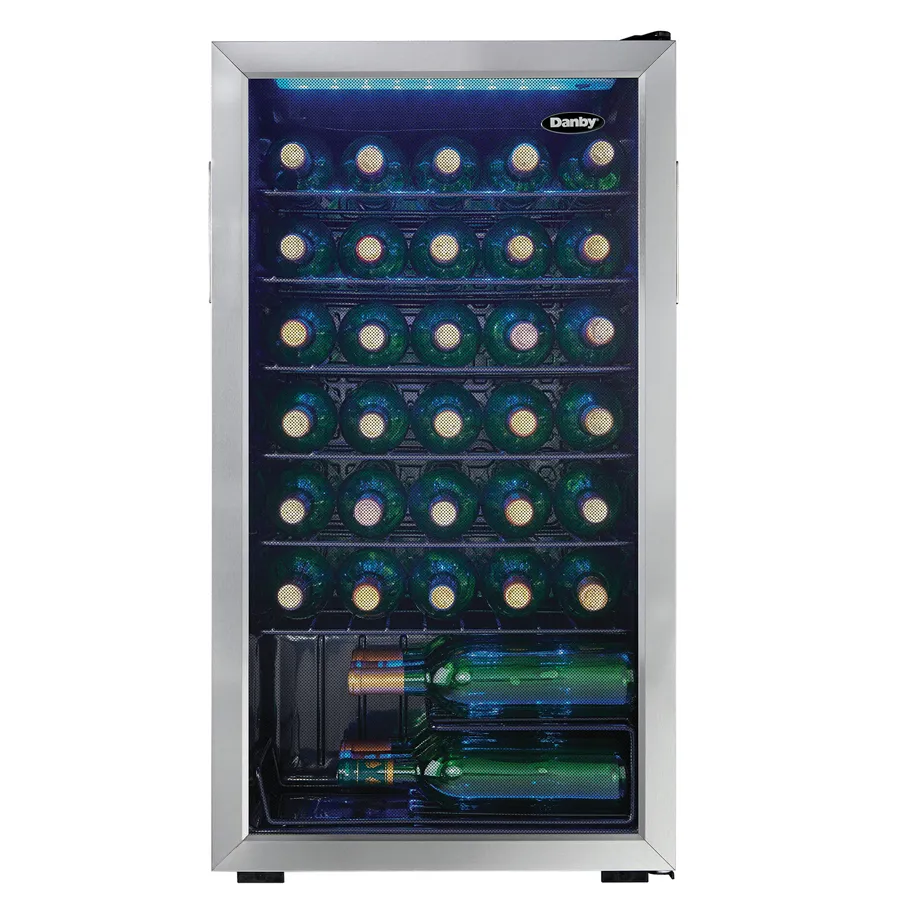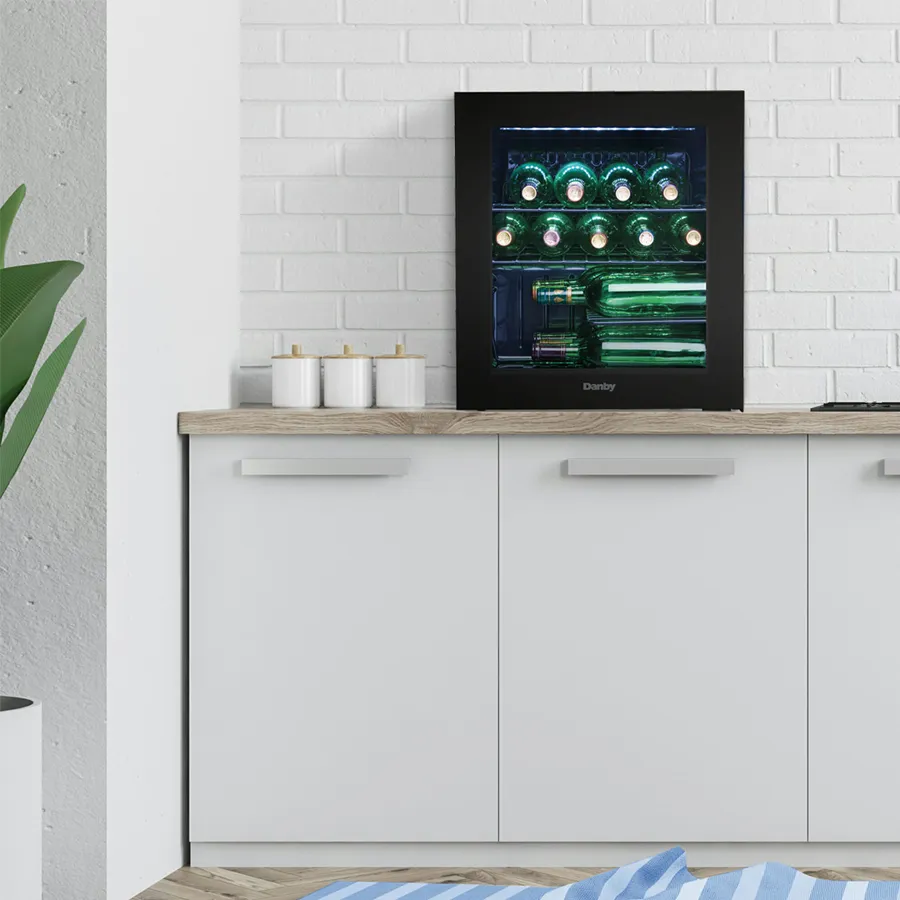Wine is a product of nature and chemistry. Grapes blend with yeast, fermenting naturally, as sugars become alcohol, releasing carbon dioxide. Each wine’s composition, from amino acids to carbohydrates, contributes to its distinct flavor and bouquet. Understanding this chemistry is the first step in appreciating the factors that influence wine storage.
1. Shield from Light
Wine, like a delicate masterpiece, should be shielded from harsh light. Ultraviolet rays can be its enemy, causing flavors to fade and labels to deteriorate. Optimal storage locations include cabinets and closets, far from heat-emitting appliances.
Light, especially ultraviolet (UV) rays, is the wine’s enemy. Prolonged exposure to UV light can lead to a phenomenon known as “lightstruck,” where the wine’s flavors diminish. This occurs due to the interaction of UV rays with organic compounds in the wine, resulting in unpleasant aromas and flavors resembling cooked cabbage. To prevent this, store your wine in a location with minimal direct light, such as cabinets or closets, and away from heat-emitting appliances.
2. Maintain Ideal Humidity
The humidity levels in your wine storage area are crucial. Ideally, you should aim for a humidity range of 50% to 70%. Why? Because the cork in your wine bottle is a natural material that can dry out if the humidity is too low. A dry cork can shrink and allow air to seep into the bottle, causing oxidation. Oxidation can turn your wine sour and ruin its taste. Conversely, excessive humidity can promote mold growth, which is equally undesirable. Thus, maintaining the right humidity balance is essential for preserving the integrity of your wine collection.
3. Keep it Cool
Wine thrives in a cool, stable environment. The ideal temperature range for long-term wine storage is 12-14°C (54-57°F). Higher temperatures can accelerate the aging process, which might not be ideal for certain wines. Wine exposed to excessive heat can develop off-flavors and lose its character. Therefore, it’s crucial to keep your wine in a cool place to allow it to age gracefully and maintain its quality.
4. Avoid Overcooling
While cool temperatures are beneficial, it’s equally important to avoid overcooling your wine. Regular refrigerators, with temperatures typically around 4°C (39°F), are too cold for wine storage. Storing wine at such low temperatures can lead to a loss of aroma and flavor complexity. To strike the right balance, always aim to keep your wine within the recommended 12-14°C (54-57°F) range for extended storage.
5. Stability is Key
Temperature stability is paramount in wine storage. Rapid temperature fluctuations can be detrimental to your wine collection. Such fluctuations cause the wine to expand and contract, potentially allowing air to enter the bottle through the cork. This can lead to premature aging and spoil the wine.
6. Sideways Storage
Laying your wine bottles on their sides is a practice steeped in tradition. This position keeps the cork moist, limiting oxygen contact. Excessive oxygen disrupts chemical reactions, impacting the wine’s maturation process. Expert Tip: Choose wine racks or storage units designed specifically for sideways storage to maximize space and convenience.
7. Stillness is Bliss
During the aging process, minimal movement is ideal. Vibrations can disturb the delicate molecular structure of the wine, robbing it of depth and complexity. Allow your wine to rest undisturbed, ensuring it evolves gracefully. Expert Tip: When moving wine bottles, do so gently and avoid any sudden jolts or vibrations that could disturb the sediment.

